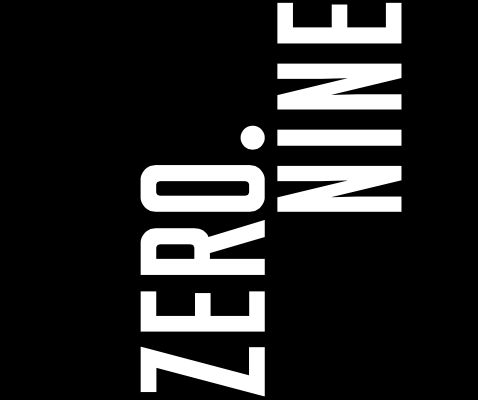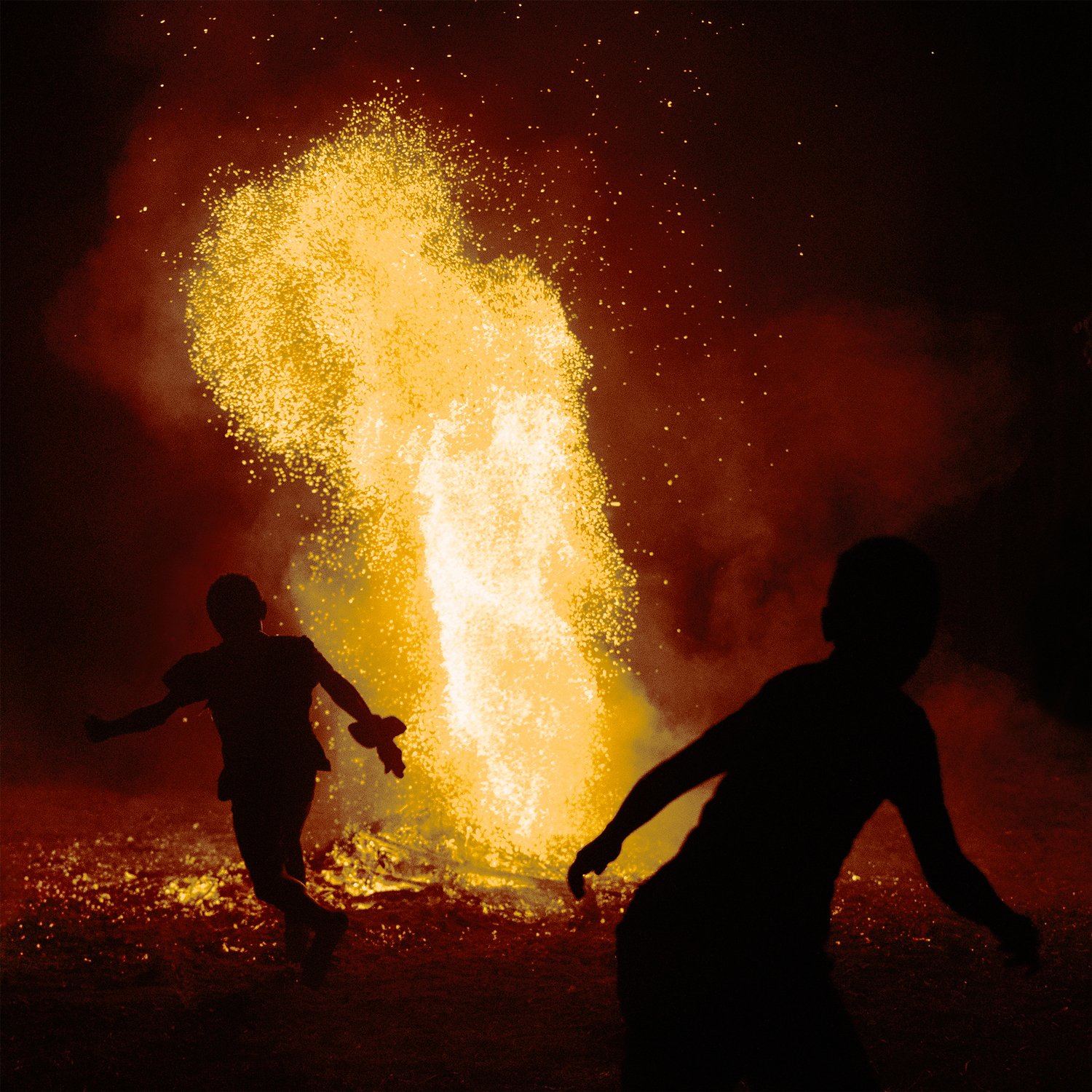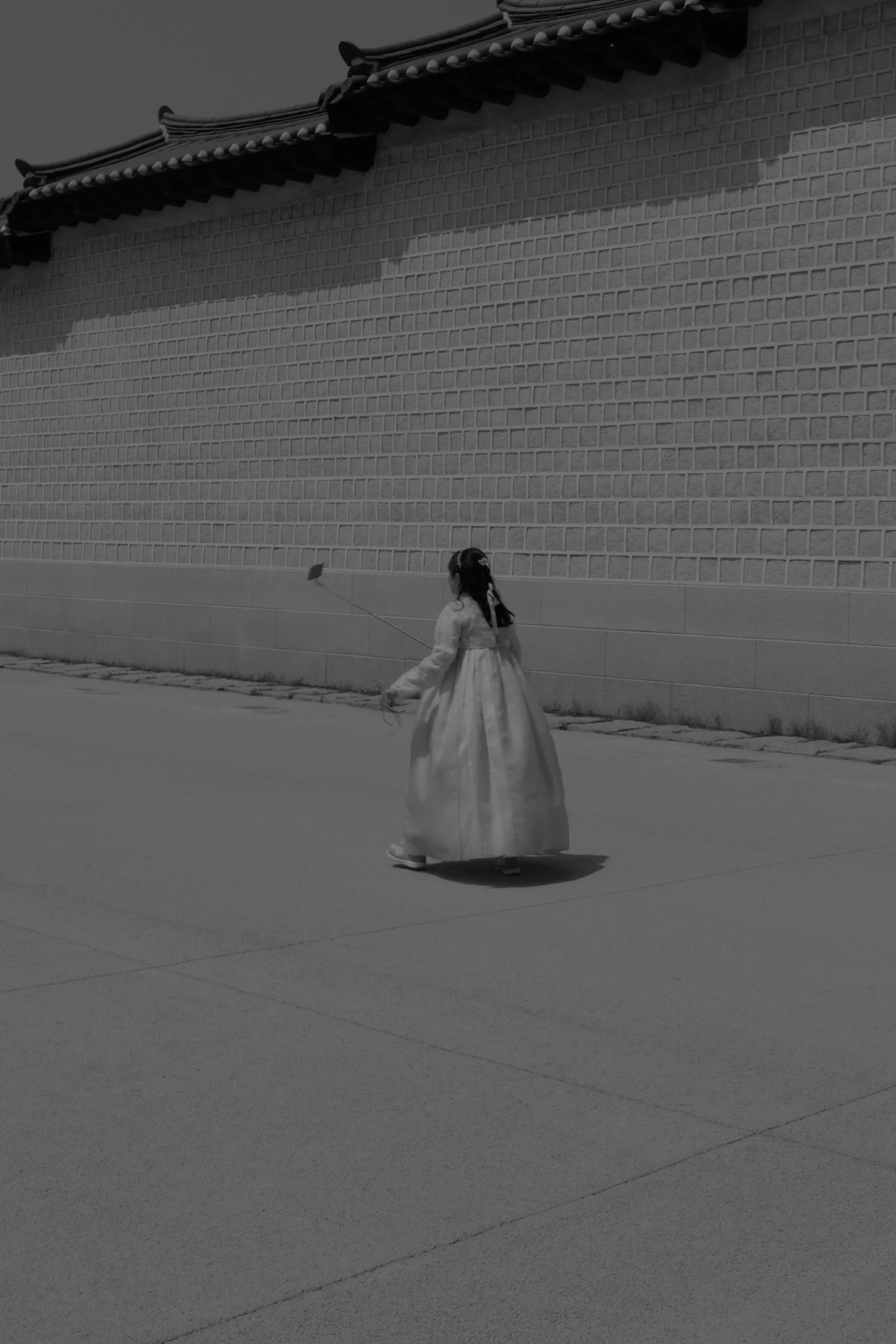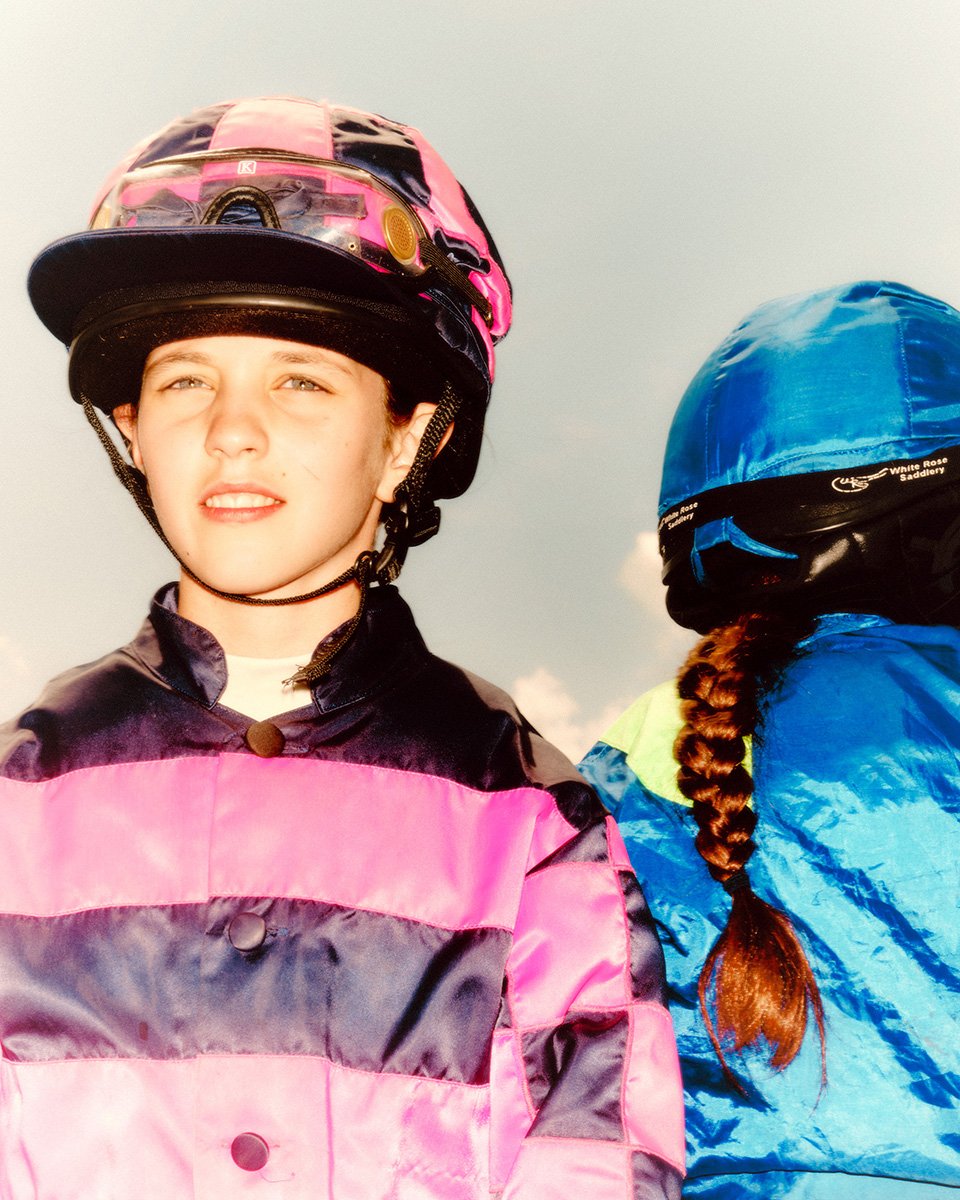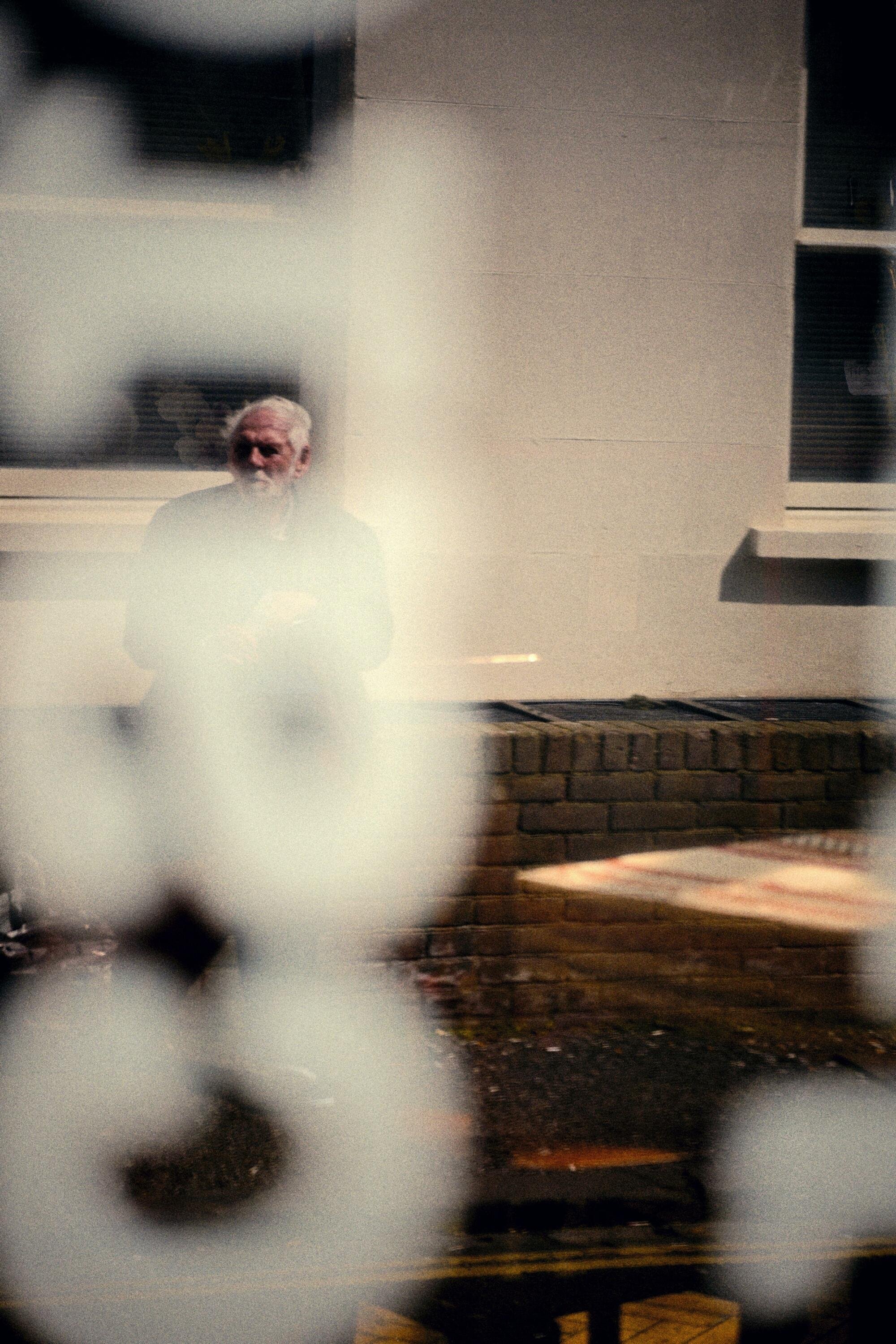The Land of Never After
Marco Vernaschi returns to ZERO.NINE with The Land of Never After, a striking exploration of Argentina’s cyclical struggles between past and present. Through Gaucho’s enduring spirit, Vernaschi challenges narratives of division and decline, offering a powerful meditation on identity, resistance, and the possibility of transformation in an era of ideological turmoil.
Photography Marco VernaschiIn Argentina, time does not unfold linearly; it loops, spirals, and retraces its own steps, as if caught in a perpetual cycle of historical repetition. This phenomenon is nowhere more apparent than in the nation's political landscape, where alternating waves of populism—both left and right—have defined its destiny for over two centuries. While democracy thrives on change, Argentina’s oscillation between extremes has repeatedly thwarted the possibility of lasting stability. Is this an anomaly of governance, an inherited fate, or something deeper—an unresolved fracture within the nation’s very soul?
This project is a nuanced and thought-provoking exploration of Argentina’s conflictive relationship between its past and present, its mythologies and values, and the opposing forces that clash as the country strives to redefine its future.
Far from the frenetic metropolis of Buenos Aires, in the northwestern province of Jujuy, lies the Quebrada de Humahuaca—a UNESCO World Heritage site where time itself seems suspended. Named after the Omaguacas, an Indigenous community that inhabited the region 10,000 years ago, the valley’s name, meaning “sacred waters,” suggests a paradox: transformation within permanence. This concept, embedded in the land, resonates through the nation’s identity.
The valley’s historical significance is further magnified by its connection to Argentina’s most emblematic cultural figure: the Gaucho. A symbol of rebellion, resilience, and deep kinship with the land, the Gaucho emerged during the War of Independence (1810–1818) as a guerrilla fighter. Later immortalized in El Gaucho Martín Fierro (1872), José Hernández’s epic poem became a cornerstone of Argentine cultural identity. Written as a protest against the systemic marginalization of the working class, Martín Fierro gave voice to a people forcibly reshaped by a government- driven narrative of progress. The gaucho’s struggle against oppression, displacement, and imposed ideologies echoes across time, linking past and present in an unbroken chain of defiance.
Today, Argentina faces yet another ideological battleground. Under the leadership of self-declared anarcho-capitalist President Javier Milei, the nation is witnessing an aggressive cultural shift— one that openly dismantles hard-fought social policies in favour of an unregulated market economy. Milei’s rhetoric, fueled by division and antagonism, casts human rights, environmentalism, and pluralism as obstacles to economic salvation. His radical libertarian vision has tapped into the collective frustrations of a nation exhausted by economic decline and disillusionment, but in doing so, it risks perpetuating the country’s historical cycle of extremes.
It is within this landscape of discord that The Land of Never After finds its urgency. By reexamining gaucho culture—its values of equality, justice, and harmony with nature—Vernaschi offers a counterpoint to the prevailing discourse of greed and polarization. The gaucho spirit, fearless and timeless, transcends national borders as a universal symbol of freedom and solidarity. In their unyielding pursuit of dignity and autonomy, the gauchos stand in stark contrast to a world increasingly driven by exploitation and denialism.
More than an ode to cultural identity, The Land of Never After is an act of resistance. It reminds us that Argentina’s foundational values—social justice, collective unity, and respect for the natural world—are not relics of the past but guiding principles for the future. At a time when these ideals are under siege, the gaucho epic resurfaces, not as nostalgia, but as a call to action. Their legacy urges us to champion justice, empathy, and coexistence in an era overshadowed by division.
Vernaschi’s epic series challenges us to see Argentina not as a land condemned to its past, but as a nation perpetually on the cusp of transformation. The Land of Never After is not just about what Argentina was or is—it is about what it has yet to become.
“In Argentina, time does not unfold linearly; it loops, spirals, and retraces its own steps.”
Marco Vernaschi
About Marco
Marco Vernaschi is an Italian visual artist, creative director and producer best known for his thought-provoking visuals and inspirational campaigns. He developed a variety of projects in different fields, ranging from documentary to advocacy and contemporary art. Marco’s work is part of several private and museum collections and is featured globally in the most respected media outlets.
Marco has received numerous grants and awards, including the World Press Photo (2010). In 2015 he joined The Photo Society, of which he’s currently a member.
To see more of his work, visit his website or follow him on Instagram
